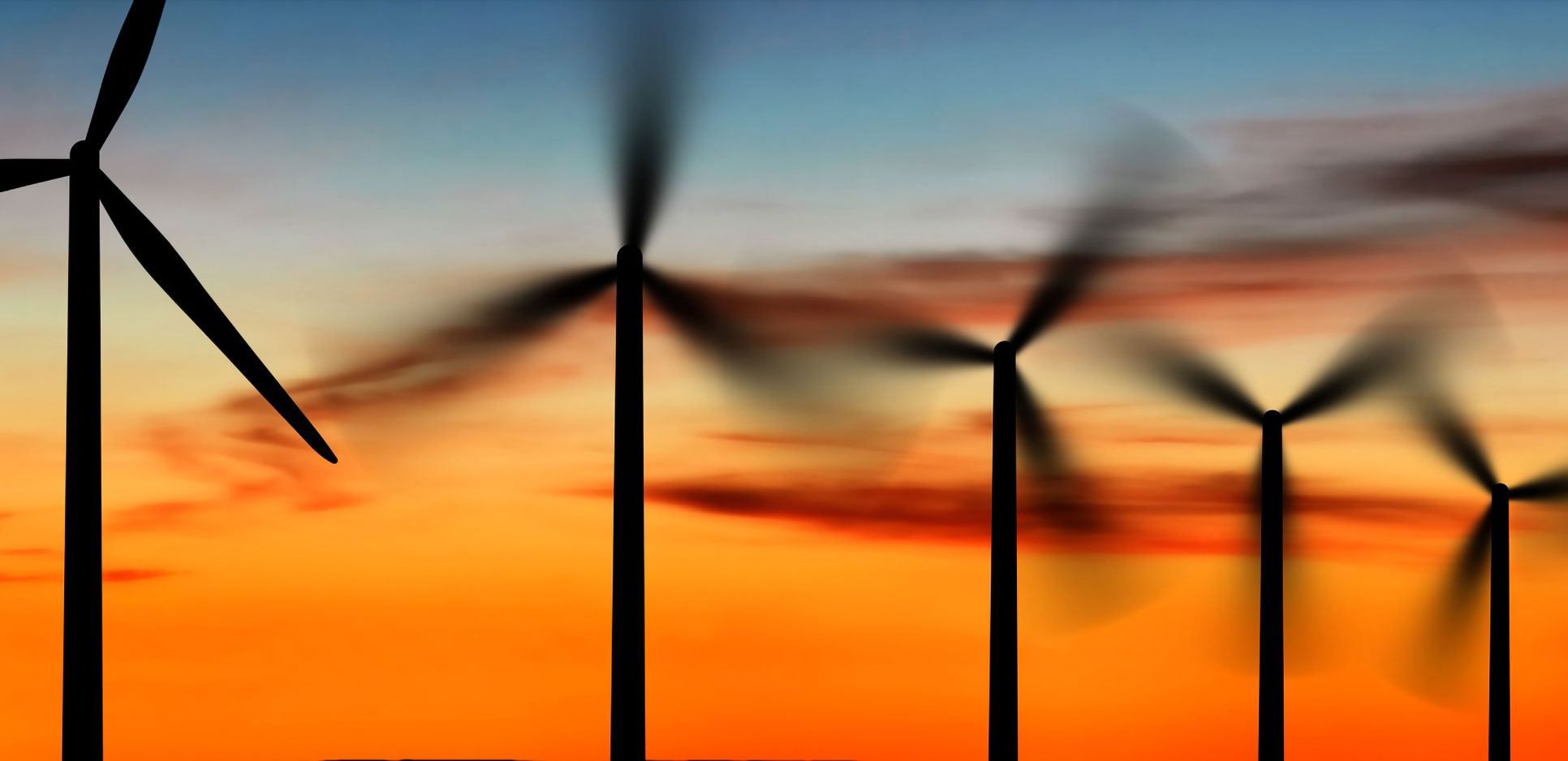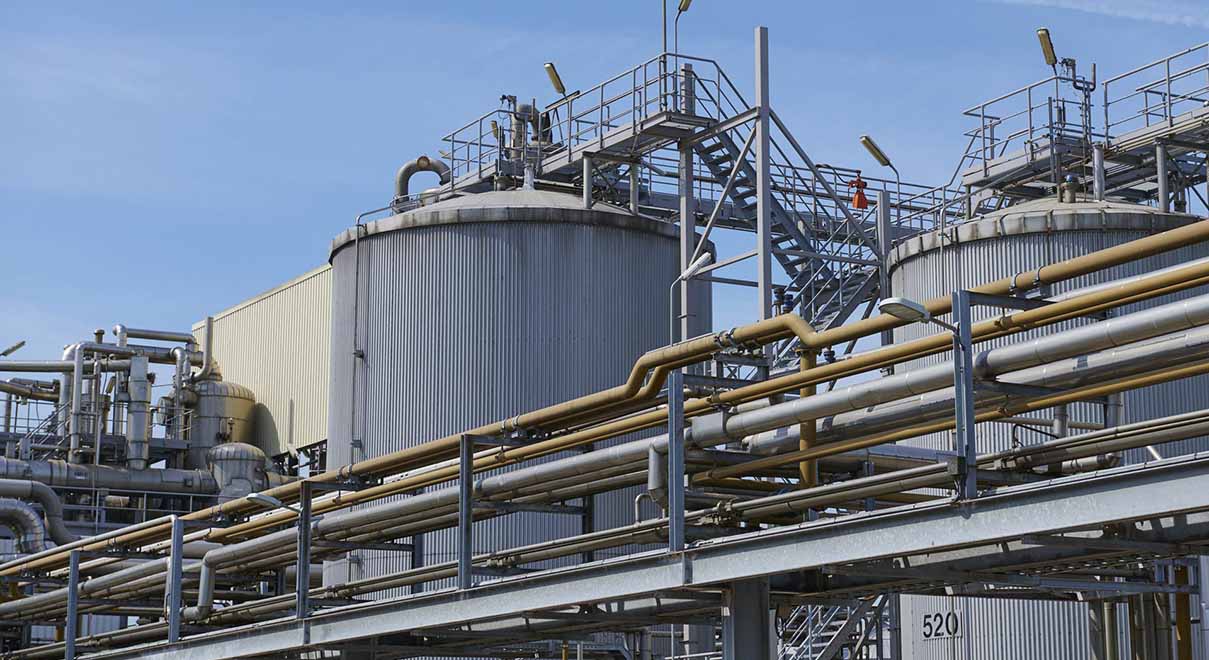The world’s cognitive shift on climate change has been decades in the making. Now the energy transition is in full swing, long-term investors like Igneo Infrastructure Partners have an important role to play in the societal and technological change necessitated by ambitious global targets.
Transformation of the world’s energy systems is underway, with critical objectives such as the UN’s Sustainable Development Goals and the Paris Agreement requiring industries and individuals to think and act differently.
While the overarching goals are common, every country and region will be coming at the challenge to generate and deploy low carbon sustainable energy in different ways.
In Europe, where renewable generation is at a mature stage and where grid agreements have seen countries and regions interconnected since the turn of last century, upscaling and improving projects at existing connection points is the big focus. It’s within existing projects where some of the biggest strides towards a Net Zero planet are being made in this region.
Meanwhile, in the United States, battery storage innovation is being pushed forward significantly as the country addresses the fast changing energy mix there, particularly in California where batteries are now essential to smoothing the contribution of solar to grids adapting quickly to accommodate new power sources.
In renewable energy frontiers such as Australia, where the adoption and use of solar and wind generation is quickly gathering momentum, the pipeline for large-scale projects is fuller than ever thanks in part to the appetite from institutional investors and large corporations, along with the large-scale transition from coal to utility-scale renewable energy as coal generators are phased out.
Igneo Infrastructure Partners is well placed to contribute meaningfully to the success of the global energy transition by leveraging its deep partnerships and knowledge in these regions and bringing a global view to capital deployment. The specialist infrastructure investor aims to push renewable energy forward through the platform companies it uses for reinvestment and acquisition, including Finerge in Europe, Terra-Gen in the US and Atmos Renewables in Australia.
More with less
Given the scarcity of electricity grid interconnections in Europe, the attention from asset owners and governments is focused on strategies to maximise utilisation at existing connection points.
Areas such as the Iberian Peninsula – which has the highest renewable penetrations in Europe – is where utilisation techniques including so-called overpowering, hybridisation and repowering of existing engineering and technologies are popping up.

Finerge’s wind farm on the Iberian Peninsula
Regulation encouraging projects to ‘overpower’ has given wind and solar power producers the license to increase the installed capacity of existing projects by 20% until the country reaches its European target for renewable electricity production of 80%. Repowering mandates have also enabled owners to replace existing electricity production facilities with new, larger and more efficient ones at the end of their useful life.
In 2021, Finerge completed its first repowering process at the Serra Da Lage wind farm where one 4.2MW turbine replaced six 750kW smaller turbines. This onshore wind turbine was at the time the largest one in the country and uses a smaller parcel of land.
The company is also in the process of overpowering a number of wind farms with more than 100MW under construction in 2022 with commissioning dates expected over the following 12-18 months.
Meanwhile, governments have carved out scope for energy generators to come up with hybrid solutions to combine solar panels and wind farms to optimise the usage of the interconnection point. Wind and solar resources are complementary and the two different power plants share the same electrical infrastructure costs.
Finerge now has several hybridisation projects on the go in both Spain and Portugal, including a potential investment in floating solar panels at locations close to existing wind farms known as ‘floating hybrids’.
New projects such as the floating hybrid wind farm being explored by Finerge represent a step forward in the race to advance the role renewable energy sources such as wind and solar will play in the energy transition and a deepening of the company’s expertise.
Floating farms offer additional benefits because they do not take up any land except for the limited surfaces necessary for electric cabinet and grid connections, addressing land utilisation in more high density populated areas such as in Europe.
Taking on these kinds of projects has resulted in Igneo and its portfolio companies streamlining development and production processes by leveraging experience and deepening connections with government and other stakeholders.
Hotel California
The acceleration of state-based consumption targets in the United States has resulted in a more than quadrupling of capacity additions from utility-scale renewable energy projects in some regions; California’s Renewable Portfolio Standard (RPS) requires 60% and 100% from electricity sales to be from carbon free sources by 2030 and 2045, respectively.

Terra-Gen’s California wind farm and battery storage
To meet California’s RPS requirements, new generation is expected to come largely from solar photovoltaic due to abundant desert resources and few other options that can be built at scale. The main problem with solar energy generation is that the sun doesn’t shine all the time and demand for energy usage usually falls at times when the sun isn’t high enough in the sky to provide peak utilization.
Battery storage not only smooths the distribution of solar power distribution, but it can strengthen the grid and provide a number of revenue streams for an investment including resource adequacy fees, energy arbitrage and frequency regulation. Storage can also prevent or defer expensive transmission upgrades.
In June 2021 the California Public Utilities Commission (CPUC) approved the procurement of 11.5 GW of resource adequacy, a capacity product that will be filled largely from storage, exclusively from clean energy sources by 2026, evidencing the expected significant transformation of the power grid.
Southern California Edison, the largest in-state utility, estimates 80+ GW of new utility-scale clean generation and 30+ GW of utility-scale storage will be needed by 2045. This requires a development rate that is 2-3x higher than historical levels, representing $170bn of renewable energy investment, the SCE Pathway 2045 Report published in November 2019 highlights.
Through its investment in Terra-Gen, Igneo Infrastructure Partners has several projects in operation and under development that will play a part in transforming the state’s electric grid. These investments also place the company and Igneo at the forefront of battery energy storage and deployment.
Terra-Gen has approximately 1,300 MW (~3,100 MWh) of grid storage in operations or under construction. In 2022 the company anticipates initiating construction on another 600 MW (1,110 MWh) of storage, with significant additional buildout forecast for 2023 through 2025.
While California is a leader in renewable energy adoption, other states have made similarly impressive commitments over the last 5 years and the state-based transformation of the electricity sector is expected to continue elsewhere in the country.
The lucky country
Australia is an example of a country and region where the origination of large scale renewable energy projects has been slow to date but is expected to accelerate quickly.
Just five years ago, 17% of the country’s electricity came from renewable sources such as wind, water and sun. Fast forward to the end of 2020, as bush fires and floods have continued to ravage some of the country’s more heavily populated regions, more and more Australians have made the decision to turn to renewable energy sources, with more than 27% of the country’s electricity generated by clean sources. The majority of this energy was generated by individuals adding solar panels on their roofs.
Small-scale solar added more than 3 GW of new capacity in 2020 to record its fourth-straight record-breaking year, Clean Energy Australia has reported.
The large-scale sector contributed just 2 GW of new capacity with 32 projects completed around the country in 2020, however a further 76 large-scale wind and solar projects are currently under construction, representing more than 8 GW of new capacity, Clean Energy Australia’s latest report highlights.
Approximately 50GW of new renewable capacity and 20GW of storage capacity will be needed by 2050 to replace the existing fossil fuel fleet and reach Australian decarbonisation targets, according to forecasts by Aurora Energy Research.
Despite the lack of Federal Government support for the energy transition, an acceleration of the transition from fossil fuels to renewables is happening, as evidenced by recent major energy utility announcements in early 2022. Notable among these announcements was AGL Energy’s announcement to bring forward to closures of the Bayswater and Loy Yang A power stations, and Origin Energy’s call to close Eraring Power Plant, the country’s biggest coal-fired power plant, seven years earlier than previously planned.
Accelerating coal retirement will require a 40% increase in annual renewables deployment over the next 10 years Australian Energy Market Operator data shows.
Through its investment in Atmos Renewables, Igneo Infrastructure Partners is well positioned this year and beyond to deploy capital quickly into the region as the investment in renewable power generation accelerates.
Igneo will use its experience and deep knowledge in different regions to play an important role in the world’s renewable energy transition.
Our Renewable energy assets
Important information
All data sources are independently verified and can be evidenced by Igneo Infrastructure Partners.
This material is for general information purposes only. It does not constitute investment or financial advice and does not take into account any specific investment objectives, financial situation or needs. This is not an offer to provide asset management services, is not a recommendation or an offer or solicitation to buy, hold or sell any security or to execute any agreement for portfolio management or investment advisory services and this material has not been prepared in connection with any such offer. Before making any investment decision you should consider, with the assistance of a financial advisor, your individual investment needs, objectives and financial situation.
We have taken reasonable care to ensure that this material is accurate, current, and complete and fit for its intended purpose and audience as at the date of publication. No assurance is given or liability accepted regarding the accuracy, validity or completeness of this material and we do not undertake to update it in future if circumstances change.
To the extent this material contains any expression of opinion or forward looking statements, such opinions and statements are based on assumptions, matters and sources believed to be true and reliable at the time of publication only. This material reflects the views of the individual writers only. Those views may change, may not prove to be valid and may not reflect the views of everyone at Igneo Infrastructure Partners or First Sentier Group.
About First Sentier Group
References to 'we', 'us' or 'our' are references to Igneo Infrastructure Partners or First Sentier Group (as applicable). First Sentier Group is a global asset management business which is ultimately owned by Mitsubishi UFJ Financial Group. Igneo Infrastructure Partners is an unlisted infrastructure asset management business and is part of the First Sentier Group.
We communicate and conduct business through different legal entities in different locations. This material is communicated in:
- Australia and New Zealand by First Sentier Investors (Australia) RE Ltd, authorised and regulated in Australia by the Australian Securities and Investments Commission (AFSL 240550; ABN 13 006 464 428)
- European Economic Area by First Sentier Investors (Ireland) Limited, authorised and regulated in Ireland by the Central Bank of Ireland (CBI reg no. C182306; reg office 70 Sir John Rogerson's Quay, Dublin 2, Ireland; reg company no. 629188)
- Hong Kong by First Sentier Investors (Hong Kong) Limited and has not been reviewed by the Securities & Futures Commission in Hong Kong. First Sentier Investors and Igneo Infrastructure Partners are business names of First Sentier Investors (Hong Kong) Limited.
- Singapore by First Sentier Investors (Singapore) (reg company no. 196900420D) and this advertisement or material has not been reviewed by the Monetary Authority of Singapore. First Sentier Investors (registration number 53236800B) and Igneo Infrastructure Partners (registration number 53447928J) are business divisions of First Sentier Investors (Singapore).
- United Kingdom by First Sentier Investors International IM Limited, authorised and regulated by the Financial Conduct Authority (reg. no. SC079063, reg office 23 St Andrew Square, Edinburgh, Scotland, EH2 1BB)
- United States by First Sentier Investors (US) LLC, registered with the Securities Exchange Commission (RIA 801#93167)
- Other jurisdictions, where this document may lawfully be issued, by First Sentier Investors International IM Limited, authorised and regulated in the UK by the Financial Conduct Authority (FCA ref no. 122512; Registered office: 23 St. Andrew Square, Edinburgh, EH2 1BB; Company no. SC079063).
To the extent permitted by law, MUFG and its subsidiaries are not liable for any loss or damage as a result of reliance on any statement or information contained in this document. Neither MUFG nor any of its subsidiaries guarantee the performance of any investment products referred to in this document or the repayment of capital. Any investments referred to are not deposits or other liabilities of MUFG or its subsidiaries, and are subject to investment risk, including loss of income and capital invested.
© Igneo Infrastructure Partners



